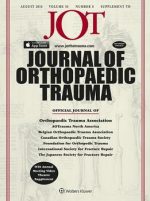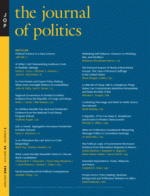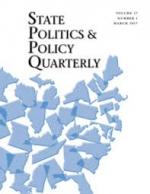The 2011-2016 Transdisciplinary Research on Energetics and Cancer (TREC) Initiative: Rationale and Design
-

Patterson, Ruth E., Jeff Gill, et al. “The 2011-2016 Transdisciplinary Research on Energetics and Cancer (TREC) Initiative: Rationale and Design”. Cancer Causes & Control 24, no. 4 (2013): 695-704
Purpose Recognition of the complex, multidimensional relationship between excess adiposity and cancer control outcomes has motivated the scientific community to seek new research models and paradigms. Methods The National Cancer Institute developed an innovative concept to establish a center grant mechanism in nutrition, energetics, and physical activity, referred to as the Transdisciplinary Research on Energetics and Cancer (TREC) Initiative. This paper gives an overview of the 2011–2016 TREC Collaborative Network and the 15 research projects being conducted at the centers. Results Four academic institutions were awarded TREC center grants in 2011: Harvard University, University of California San Diego, University of Pennsylvania, and Washington University in St. Louis. The Fred Hutchinson Cancer Research Center is the Coordination Center. The TREC research portfolio includes three animal studies, three cohort studies, four randomized clinical trials, one cross-sectional study, and two modeling studies. Disciplines represented by TREC investigators include basic science, endocrinology, epidemiology, biostatistics, behavior, medicine, nutrition, physical activity, genetics, engineering, health economics, and computer science. Approximately 41,000 participants will be involved in these studies, including children, healthy adults, and breast and prostate cancer survivors. Outcomes include biomarkers of cancer risk, changes in weight and physical activity, persistent adverse treatment effects (e.g., lymphedema, urinary and sexual function), and breast and prostate cancer mortality. Conclusion The NIH Science of Team Science group will evaluate the value added by this collaborative science. However, the most important outcome will be whether this transdisciplinary initiative improves the health of Americans at risk of cancer as well as cancer survivors.



